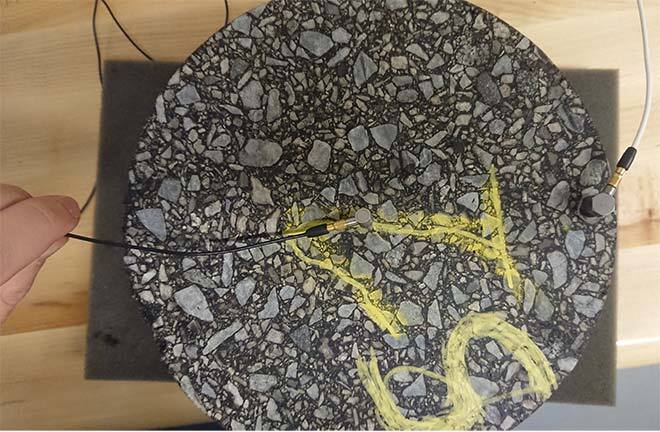Reducing the Environmental Footprint of Pavements

Purchased on Gettyimages.com Copyright.
Although ubiquitous in the Quebec landscape, cracks and potholes are not inevitable. The Ministry of Transport estimates that 29% of pavements are in very poor condition and 21% in poor condition. Half of Quebec’s pavements need rehabilitation or reconstruction. And since the network has continued to deteriorate over the past ten years, these numbers are on the rise. What is more, the poor condition of pavements causes additional costs estimated at $258 for each vehicle, compared to the Canadian average of $126.
We have reached this point because of a general lack of maintenance. Furthermore, this maintenance wasn’t always appropriate due to a lack of financial or technical resources and the lowest bidder policy, which limits the creation of innovative, higher-performance solutions. How can we improve pavement durability without spending more? By prioritizing preventive maintenance rather than curative maintenance. Once we’ve established this, the question is: how do we determine when to take action on a pavement?
Pavement Condition Assessment
At the Pavements and Bituminous Materials Laboratory (LCMB), we are developing material characterization methods to understand their behaviour better and carry out quality control. These non-destructive methods offer a gateway to in situ testing, i.e. on the pavement itself. One such method uses the principles of wave propagation to assess the mechanical properties of materials. By applying it on a larger scale, we hope to map the pavement structure and detect damaged or weakened areas requiring more local investigation. Analysis of these results will allow us to make a diagnosis at a precise point in time so that we can decide what action to take. Is this pavement repairable, and if so, what rehabilitation technique should be used? Or should it be rebuilt?
Waves to Simplify Pavement Diagnosis

Current tools used to assess pavement quality are mainly designed to identify surface defects and provide little or no information on the structural condition of the pavement. The few tools that provide access to these elements, such as the falling weight deflectometer, require knowledge on the thickness of each layer, information that has not always been recorded during past interventions. As a result, core samples sometimes must be taken for laboratory analysis, which is very costly. We are focusing on a method based on vibration propagation to offer a simpler and much less costly technique.
In the laboratory, we gently tap a sample with a tiny hammer, which creates a vibration. The dominant frequencies of this vibration and the speed at which it propagates are directly related to the mechanical properties of the material it is passing through. Following this principle, using several sensors strategically placed on the pavement surface, it is possible to determine the mechanical properties of the different structural layers.

Further Research
Another way of reducing their ecological footprint is to integrate residual materials into asphalt mixes. In particular, we are working on a project to recycle asphalt shingles into pavement materials.
We are also working on a project to integrate induction loops into the pavement to recharge electric vehicles while driving. Our team will focus on characterizing the mechanical behaviour of inductive pavement, determining how to design this type of structure to ensure pavement durability and energy efficiency of the charging system in a northern climate.



